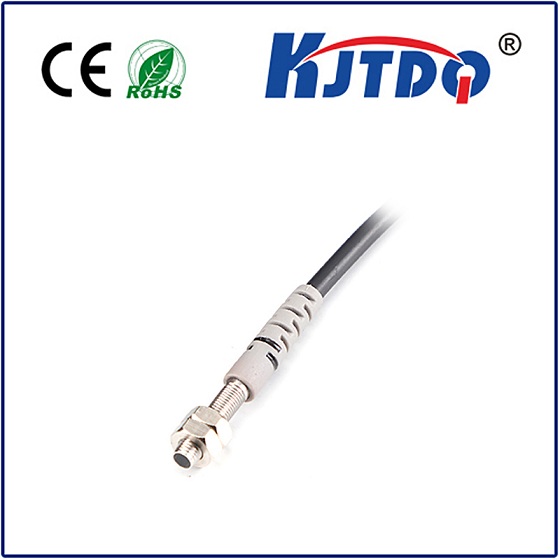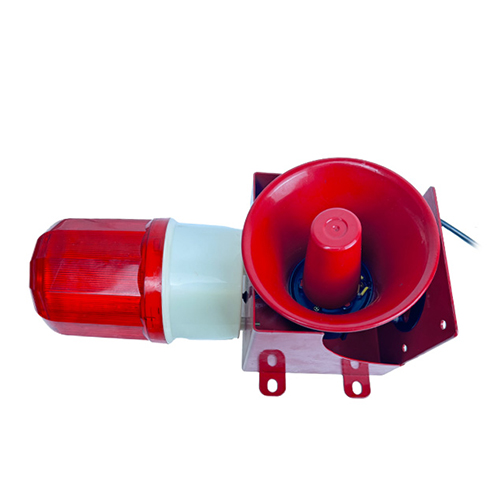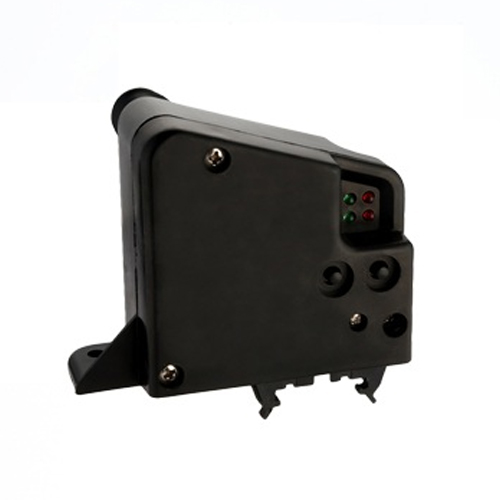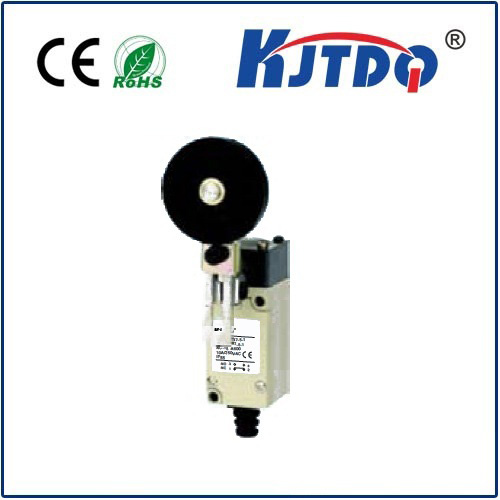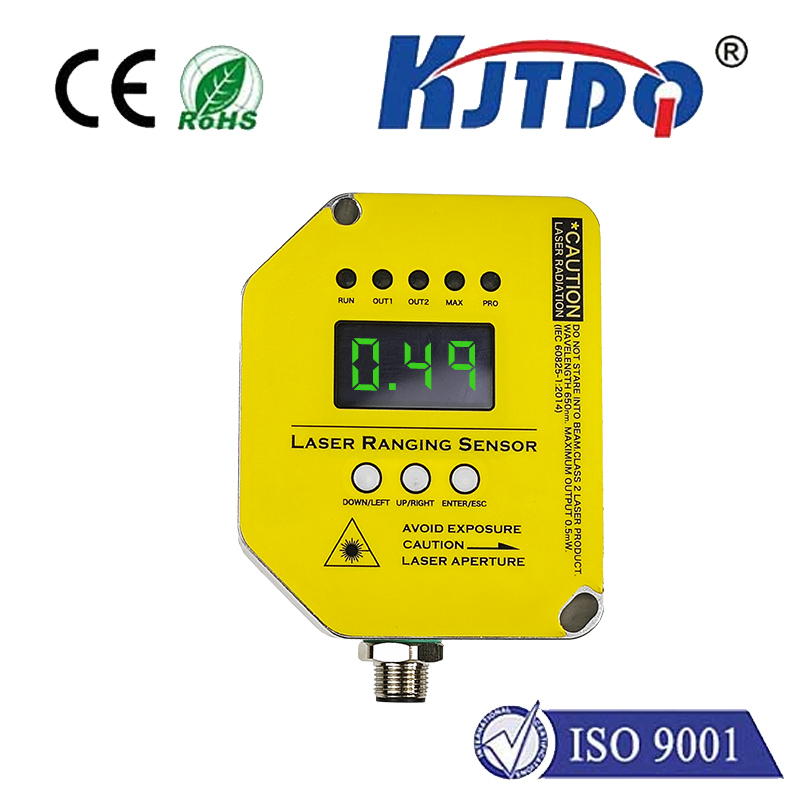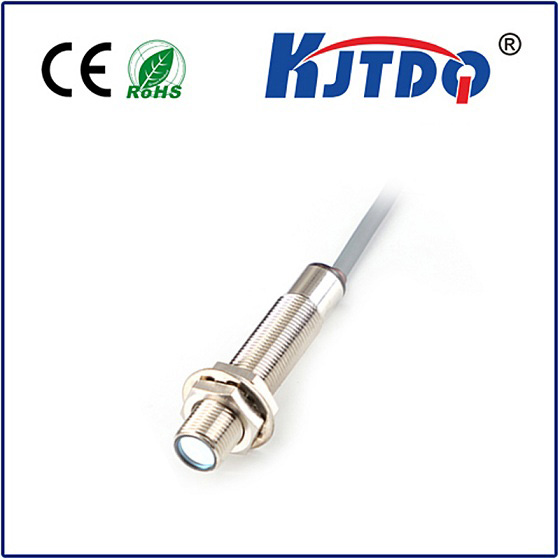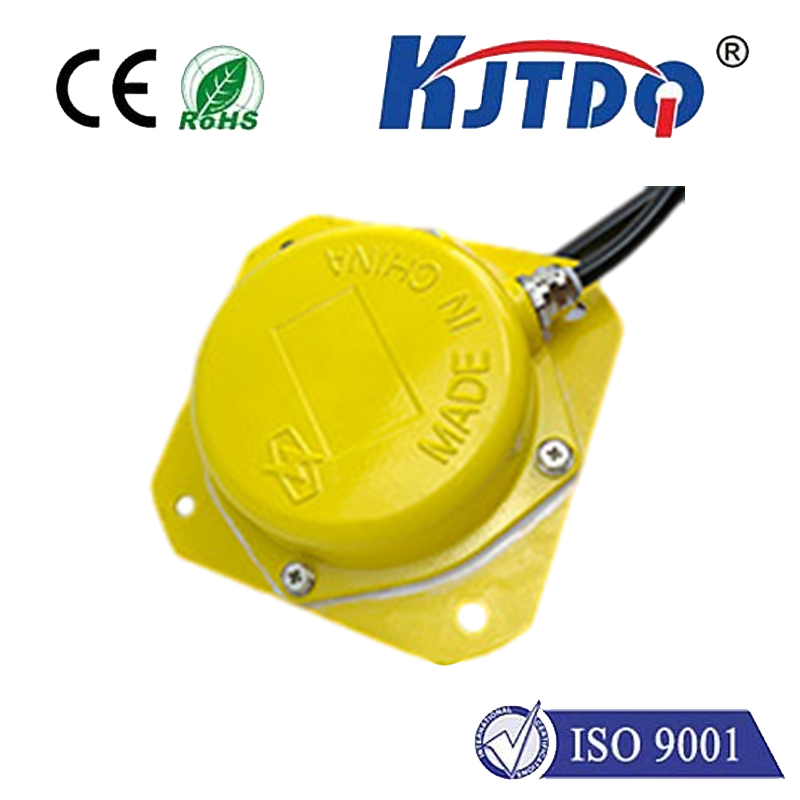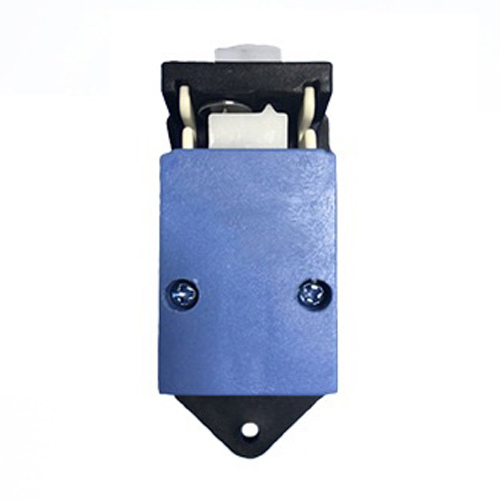temperature sensing device
- time:2025-08-24 00:05:35
- Нажмите:0
The Silent Sentinels: How Temperature Sensing Devices Are Revolutionizing Industries
Think about the last perfectly chilled drink you enjoyed, the reliable performance of your car on a hot day, or the life-saving medicines stored safely. Behind these everyday experiences and countless critical industrial processes, invisible guardians tirelessly work: temperature sensing devices. These unassuming yet profoundly impactful instruments are the cornerstone of modern monitoring, control, and data-driven decisions across a staggering array of applications.
Understanding the Core: What is a Temperature Sensing Device?
At its most fundamental level, a temperature sensing device is an instrument designed to detect and quantify thermal energy. It transforms the physical phenomenon of heat into a measurable signal – typically electrical voltage, resistance, current, or a digital output. This signal can then be interpreted, displayed, recorded, or used to trigger automated actions within a control system. Their purpose is unequivocal: to provide accurate, timely, and reliable temperature readings essential for safety, efficiency, quality, and innovation.
The Diverse Arsenal: Key Technologies in Temperature Sensing

The world of temperature sensing is rich with diverse technologies, each excelling in specific scenarios. Understanding these core types is crucial:
- Thermocouples: Perhaps the most widely used industrial temperature sensor, thermocouples operate on the principle of the Seebeck effect. Two dissimilar metal wires joined at one end generate a small voltage proportional to the temperature difference between the junction (measuring point) and the other ends (reference point). Known for their ruggedness, wide temperature range capabilities, and relatively low cost, they are workhorses in furnaces, engines, and industrial processes. However, accuracy can be influenced by reference junction compensation.
- Resistance Temperature Detectors (RTDs): These sensors leverage the predictable change in electrical resistance of pure metals (like platinum, nickel, or copper) as temperature changes. Platinum RTDs (Pt100, Pt1000) are renowned for their exceptional accuracy, stability, and repeatability over a broad range. While typically more expensive than thermocouples and offering a slightly slower response time, they are the preferred choice for applications demanding high precision, such as laboratory standards, pharmaceutical manufacturing, and food processing.
- Thermistors: Functioning similarly to RTDs in principle (resistance change with temperature), thermistors are made from semiconductor materials. They exhibit a large, predictable, and non-linear change in resistance. Negative Temperature Coefficient (NTC) thermistors are common, where resistance decreases markedly as temperature rises. This high sensitivity makes them ideal for narrow-range applications like body thermometers, battery pack monitoring, and climate control in appliances. Positive Temperature Coefficient (PTC) variants also exist for specific protective functions.
- Infrared (IR) Sensors / Pyrometers: These are non-contact temperature sensing devices that measure the thermal radiation (infrared energy) emitted by an object. They calculate surface temperature based on the intensity of this radiation, governed by Planck’s law. Crucial for measuring moving objects, hazardous environments, extremely high temperatures (e.g., molten metal), or surfaces where contact is impractical or would disturb the process (like electronics or food products).
- Semiconductor Sensors (IC Sensors): Integrated circuit-based sensors offer digital or analog outputs in compact packages. They often combine the sensing element, signal conditioning, and sometimes analog-to-digital conversion on a single chip. Common outputs include voltage, current (4-20mA loops), or direct digital interfaces (I2C, SPI). Ideal for consumer electronics, HVAC systems, and applications where ease of integration, low power consumption, and cost-effectiveness are paramount.
Where Precision Matters: Critical Applications Driving Demand
The ubiquity of temperature sensing devices underscores their vital role across sectors:
- Industrial Process Control: Precise temperature control is non-negotiable in chemical reactions, refining, plastics molding, metal treatment, and pharmaceutical synthesis. Sensors provide the feedback loops enabling automation, optimizing yield, ensuring product consistency, and preventing costly deviations or unsafe conditions.
- Energy Generation & Management: Monitoring turbine bearings, cooling systems, transformer temperatures, and heat exchanger efficiency relies heavily on accurate sensing. Optimizing combustion in power plants and managing battery thermal runaway in renewable energy storage are critical safety and performance applications.
- Healthcare & Life Sciences: From sensitive vaccine storage and laboratory incubators to patient monitoring systems and diagnostic equipment, maintaining stringent temperature parameters is often a matter of life, death, or scientific validity. Highly accurate and reliable sensors are fundamental.
- Automotive & Transportation: Engine management, exhaust emission control, cabin climate comfort, battery thermal management in electric vehicles (EVs), and tire pressure monitoring systems (which often include temperature) all depend on robust temperature sensing devices.
- Consumer Appliances & Electronics: Refrigerators, ovens, washing machines, dryers, computers, smartphones, and countless gadgets incorporate sensors to enhance functionality, optimize energy usage, and protect internal components from overheating.
- Building Automation & HVAC: Efficient heating, ventilation, and air conditioning rely on sensors monitoring ambient air, ductwork, and equipment temperatures to maintain comfort zones and minimize energy consumption.
- Food Safety & Logistics: Ensuring perishable goods remain within safe temperature ranges throughout the cold chain – from farm to fork – is critical for preventing spoilage and foodborne illness. Sensors are embedded in storage facilities, transport vehicles, and even packaging.
The Future is Smart and Connected
The evolution of temperature sensing is tightly interwoven with broader technological shifts:
- Wireless & IoT Integration: Sensors equipped with wireless communication capabilities (Wi-Fi, Bluetooth, LoRaWAN, NB-IoT) are enabling pervasive monitoring networks. Data can be transmitted to cloud platforms for real-time visualization, historical analysis, predictive maintenance, and remote alerts, forming the backbone of the Industrial Internet of Things (IIoT).
- Miniaturization & Increased Accuracy: Advancements in material science and microfabrication are driving the development of ever-smaller sensors with enhanced precision and faster response times, opening doors to new applications in micro-electronics and biomedical devices.
- Enhanced Ruggedness & Specialized Designs: For extreme environments (deep-sea, aerospace, corrosive chemicals), sensors are being engineered with exotic materials and protective housings to ensure longevity and reliability under harsh conditions.
- Data Analytics & AI: The sheer volume of temperature data generated by networked sensors creates opportunities. Sophisticated algorithms can analyze trends, identify subtle anomalies predictive of failure, and optimize control strategies far beyond simple threshold-based alarms.
The Indispensable Measure
From the subtle regulation of our living spaces to the intense demands of heavy industry and cutting-edge scientific research, temperature sensing devices operate as the fundamental translators of thermal reality into actionable data. They are not merely components; they are the silent sentinels ensuring safety, driving efficiency, guaranteeing quality, and enabling innovation across the modern world. As technology pushes boundaries further, the sophistication and integration of these essential instruments will only deepen, solidifying their role as an indispensable cornerstone of progress in virtually every field. The ability to accurately and reliably measure temperature remains, quite literally, a fundamental measure of control.

